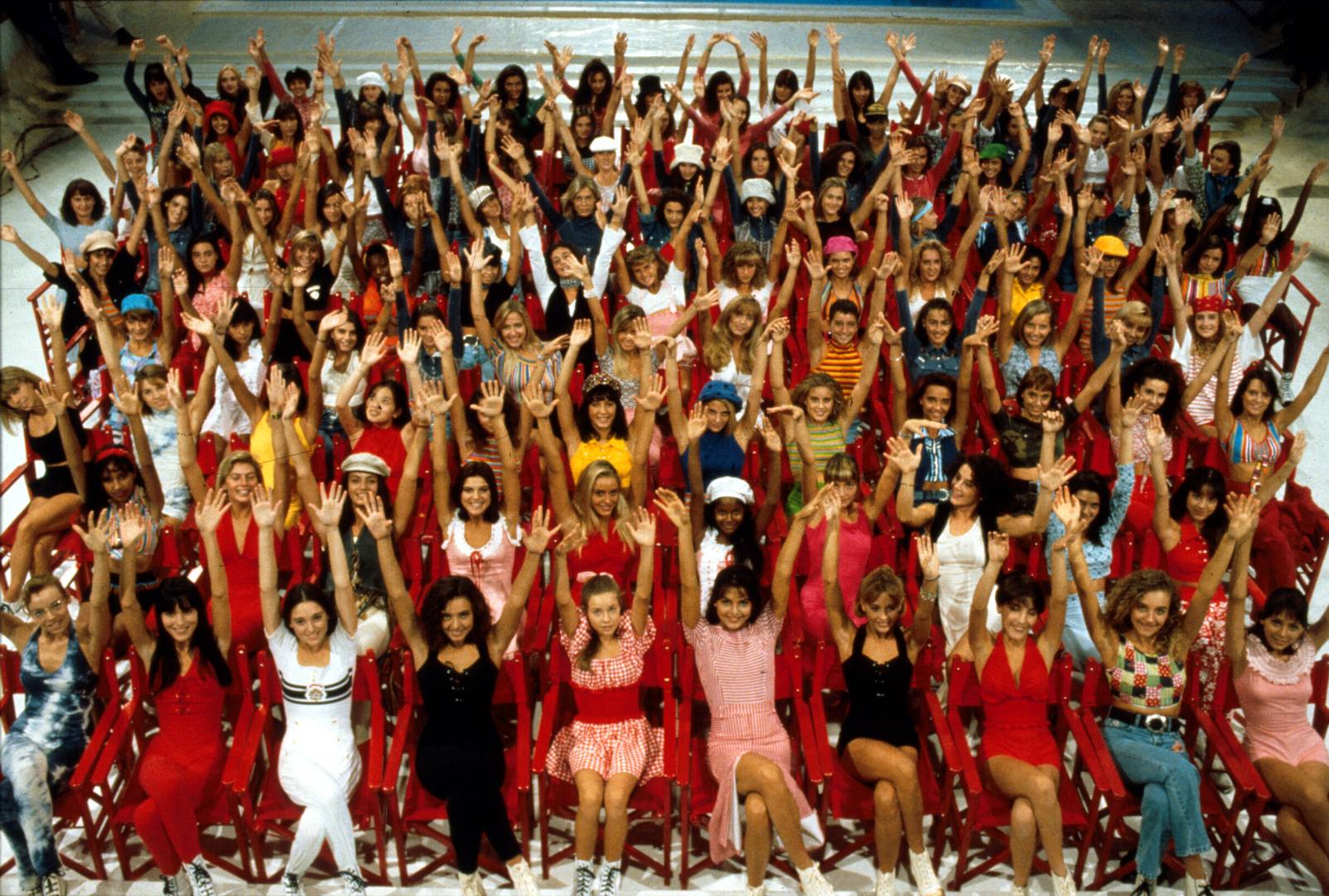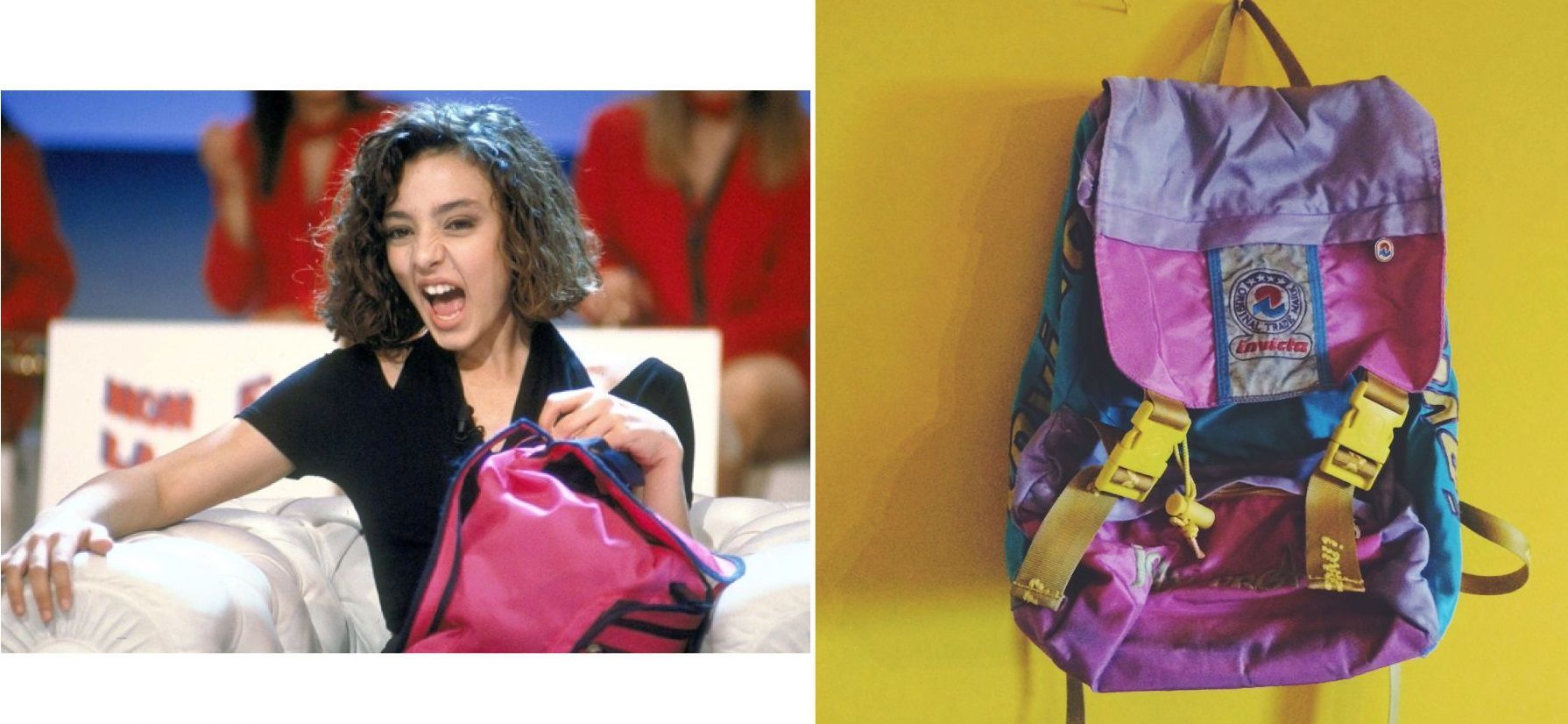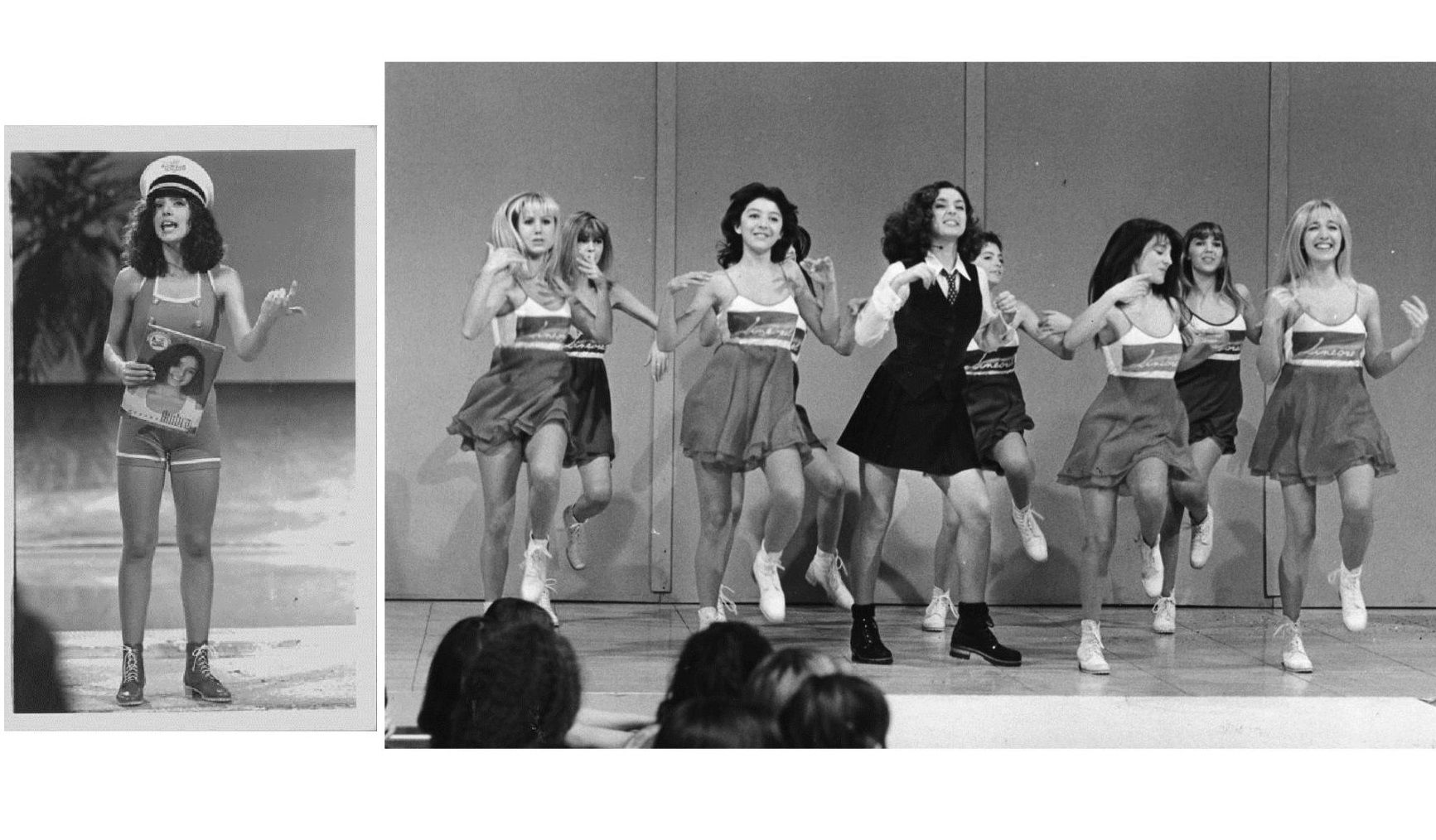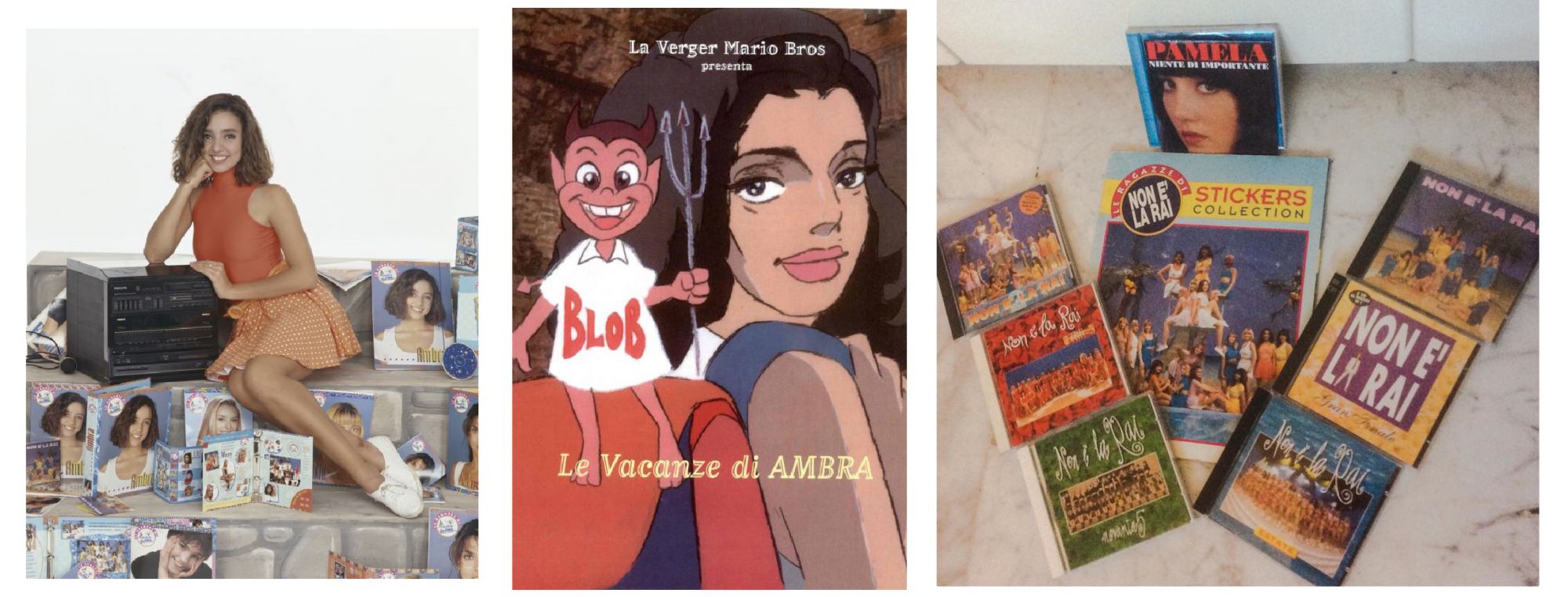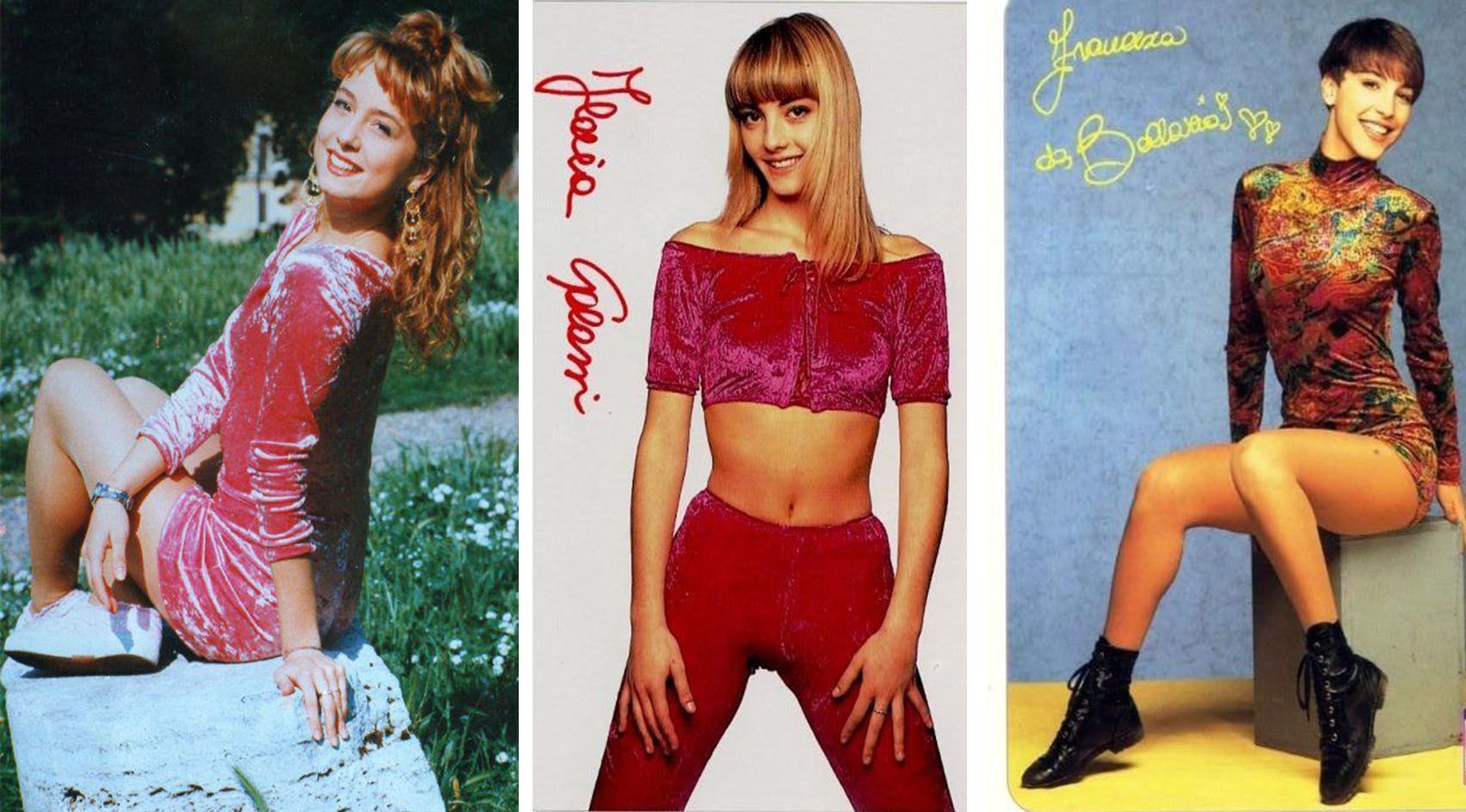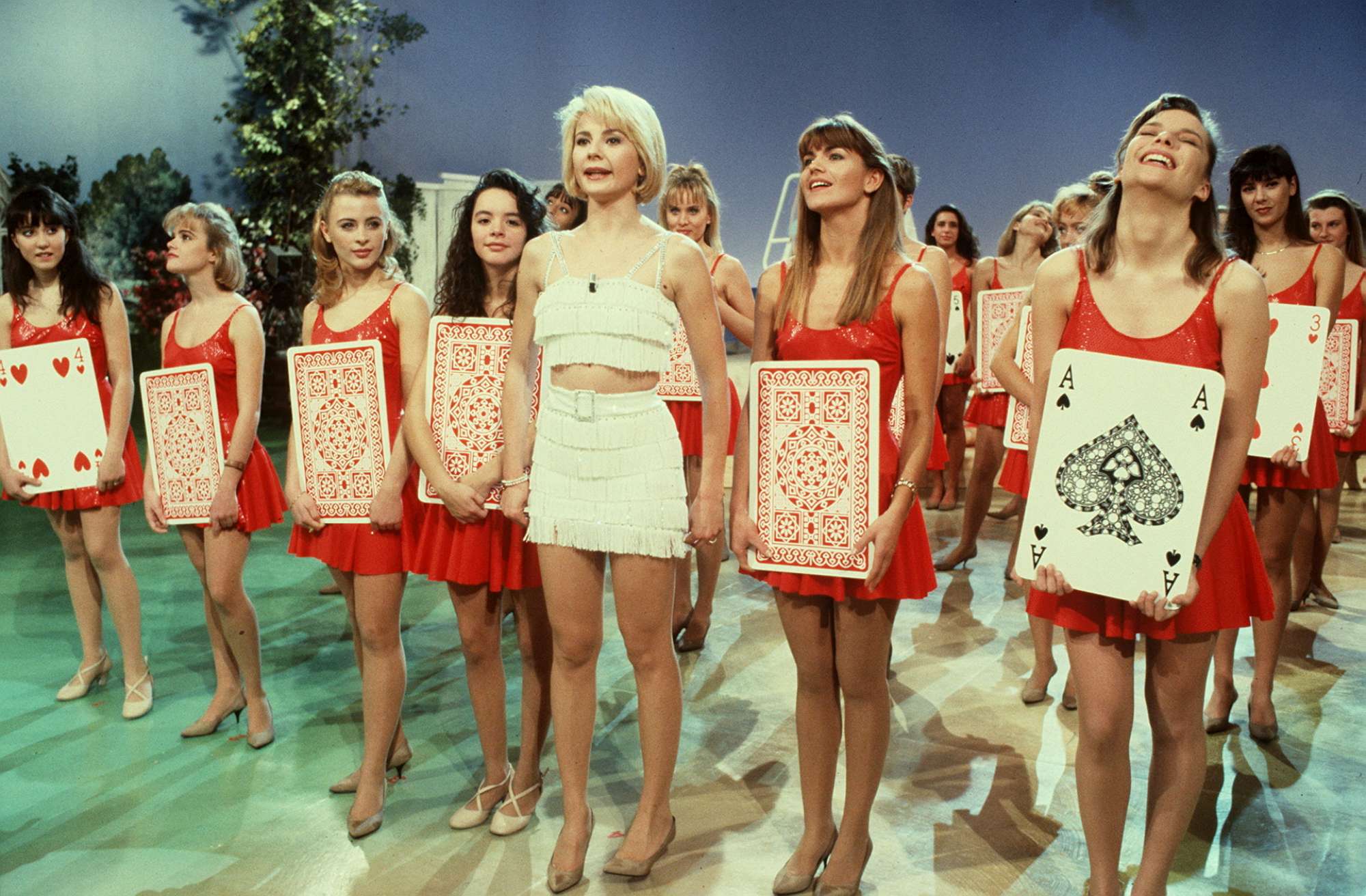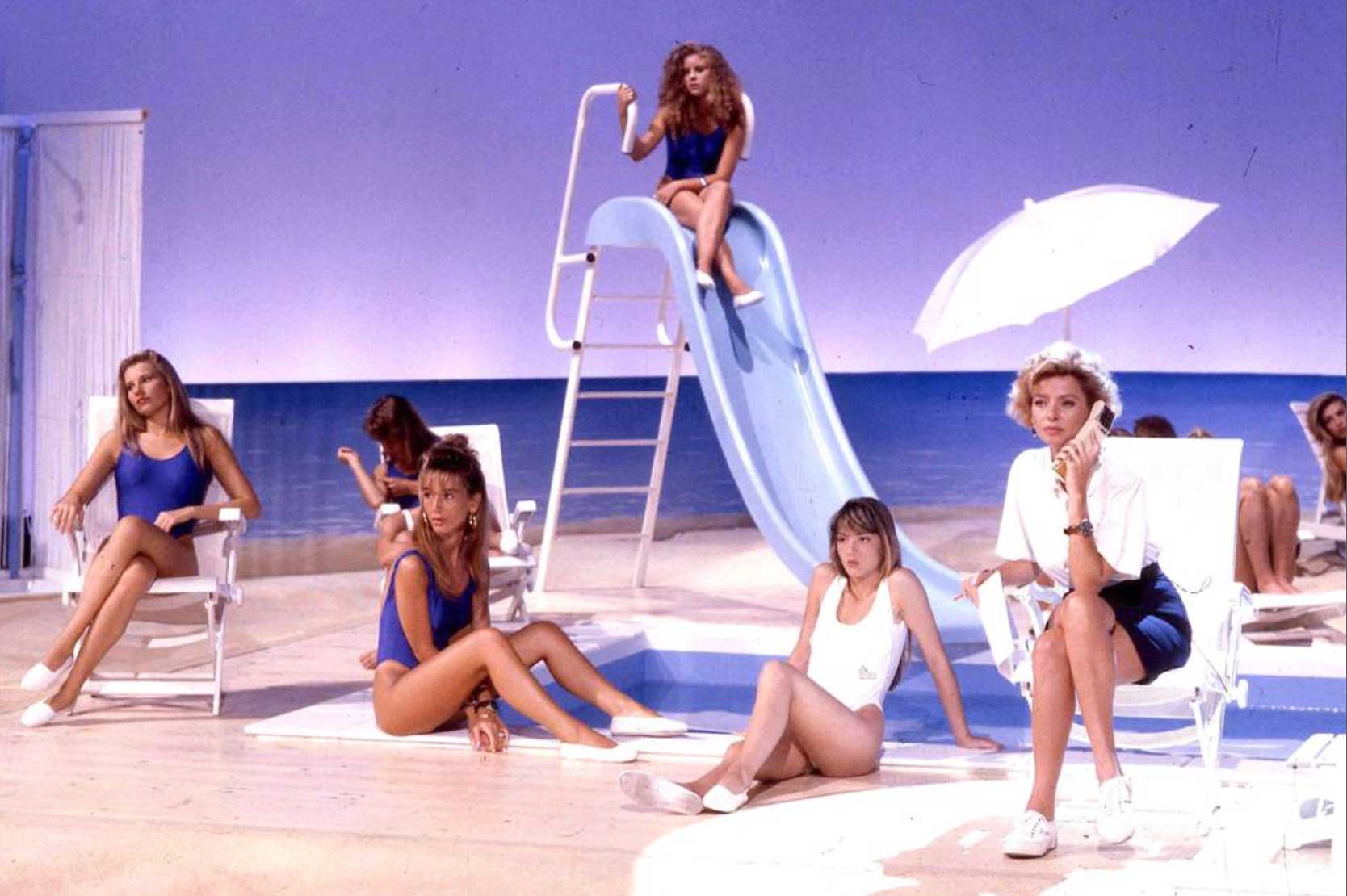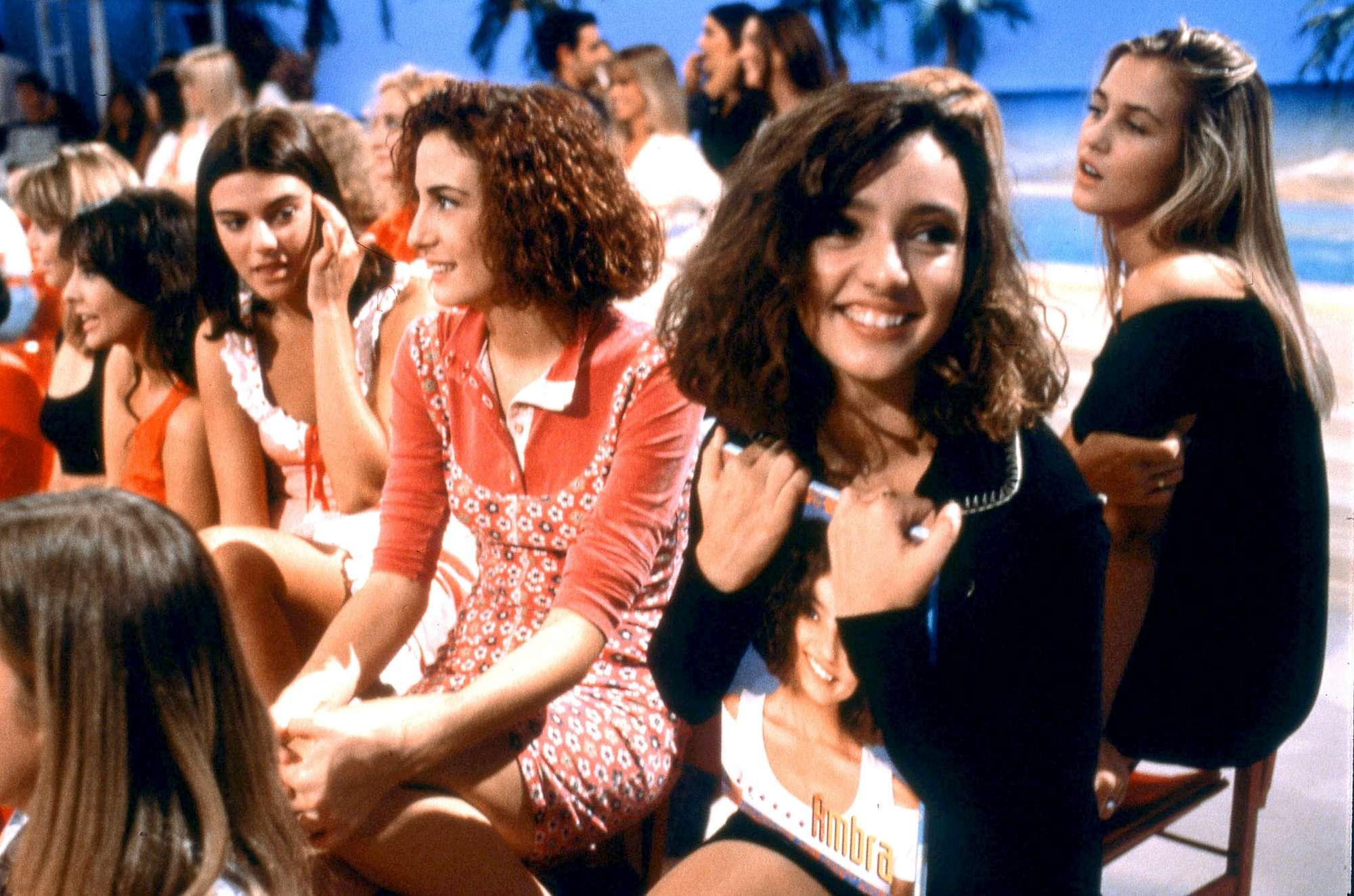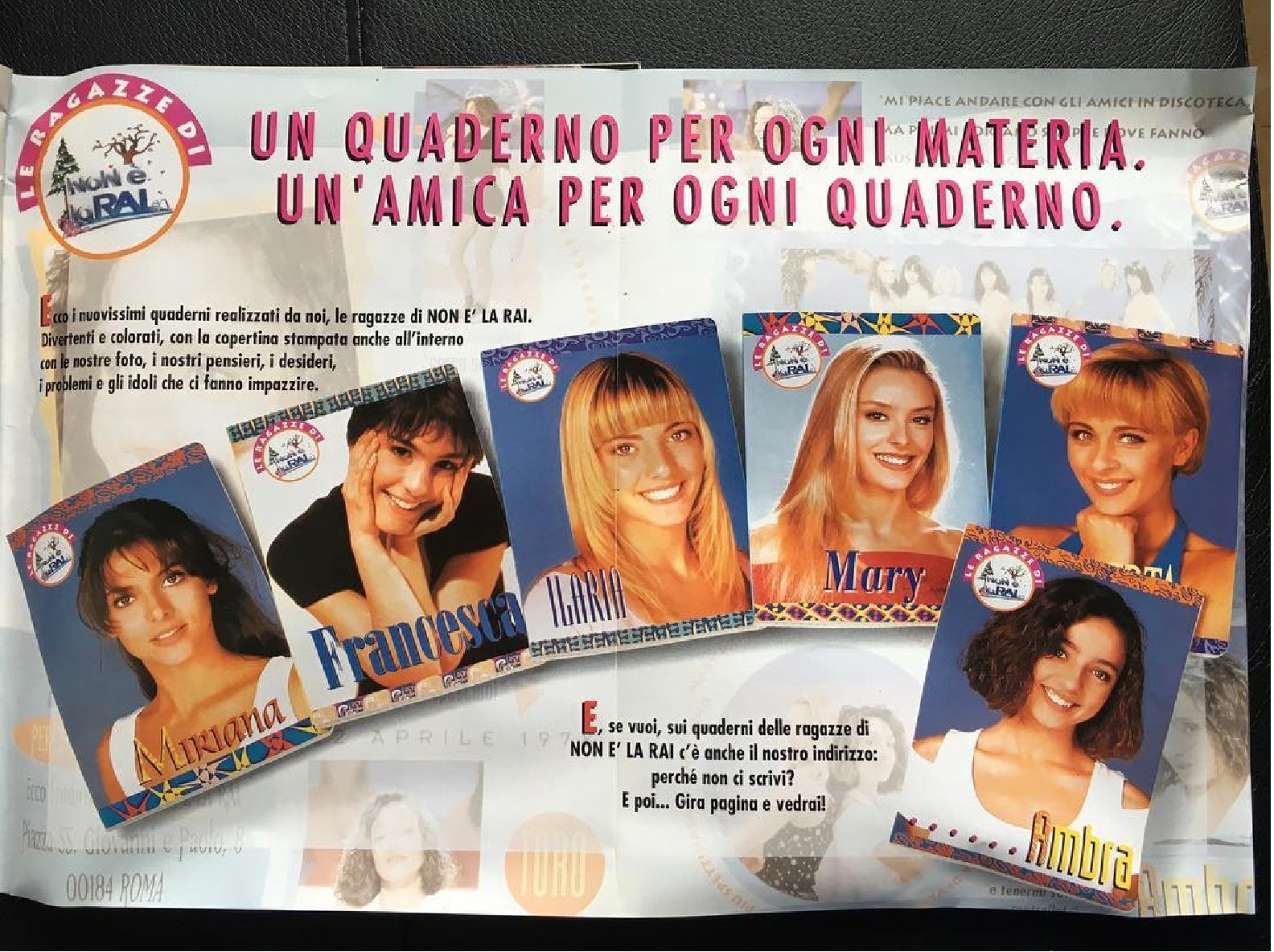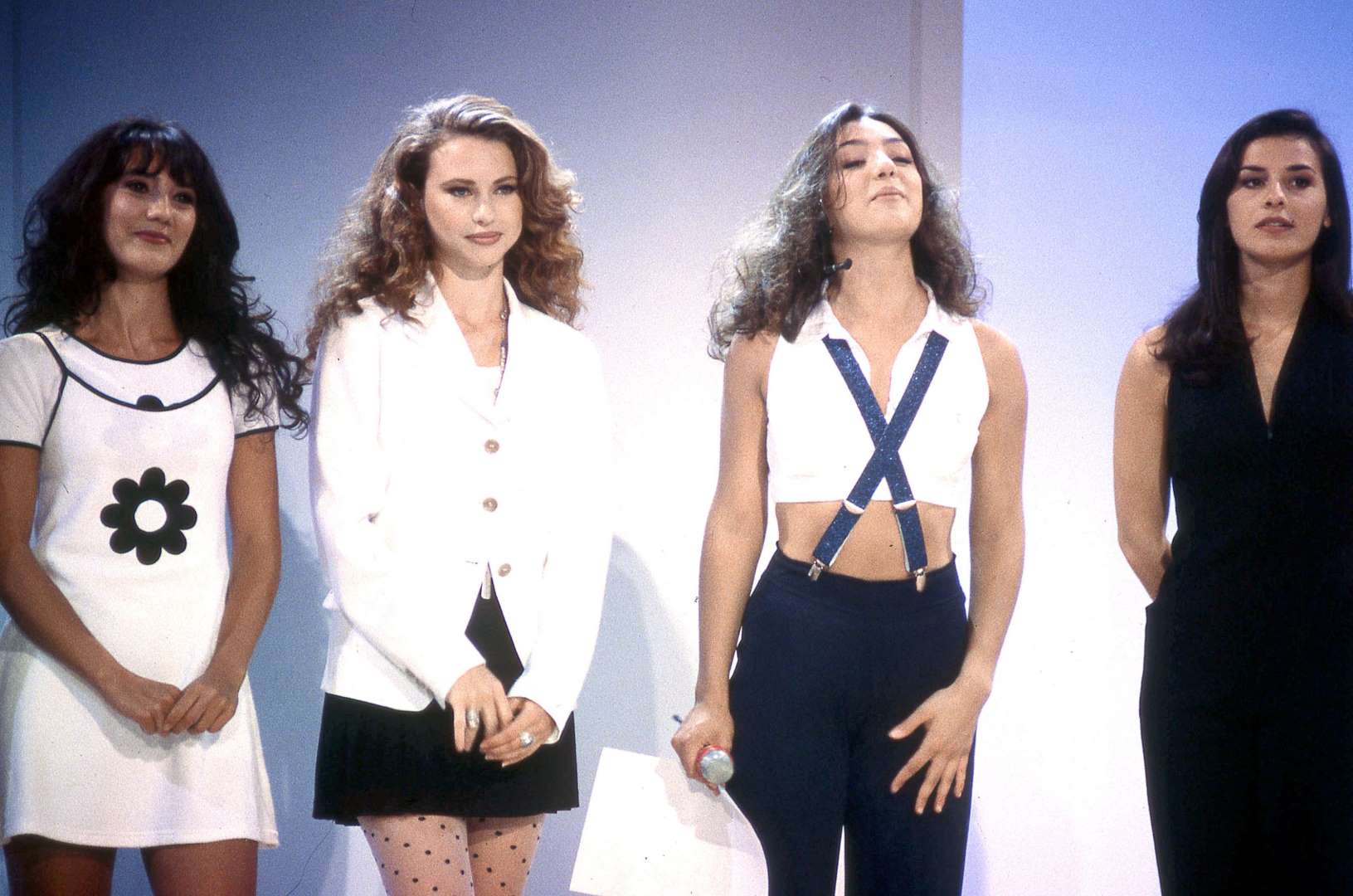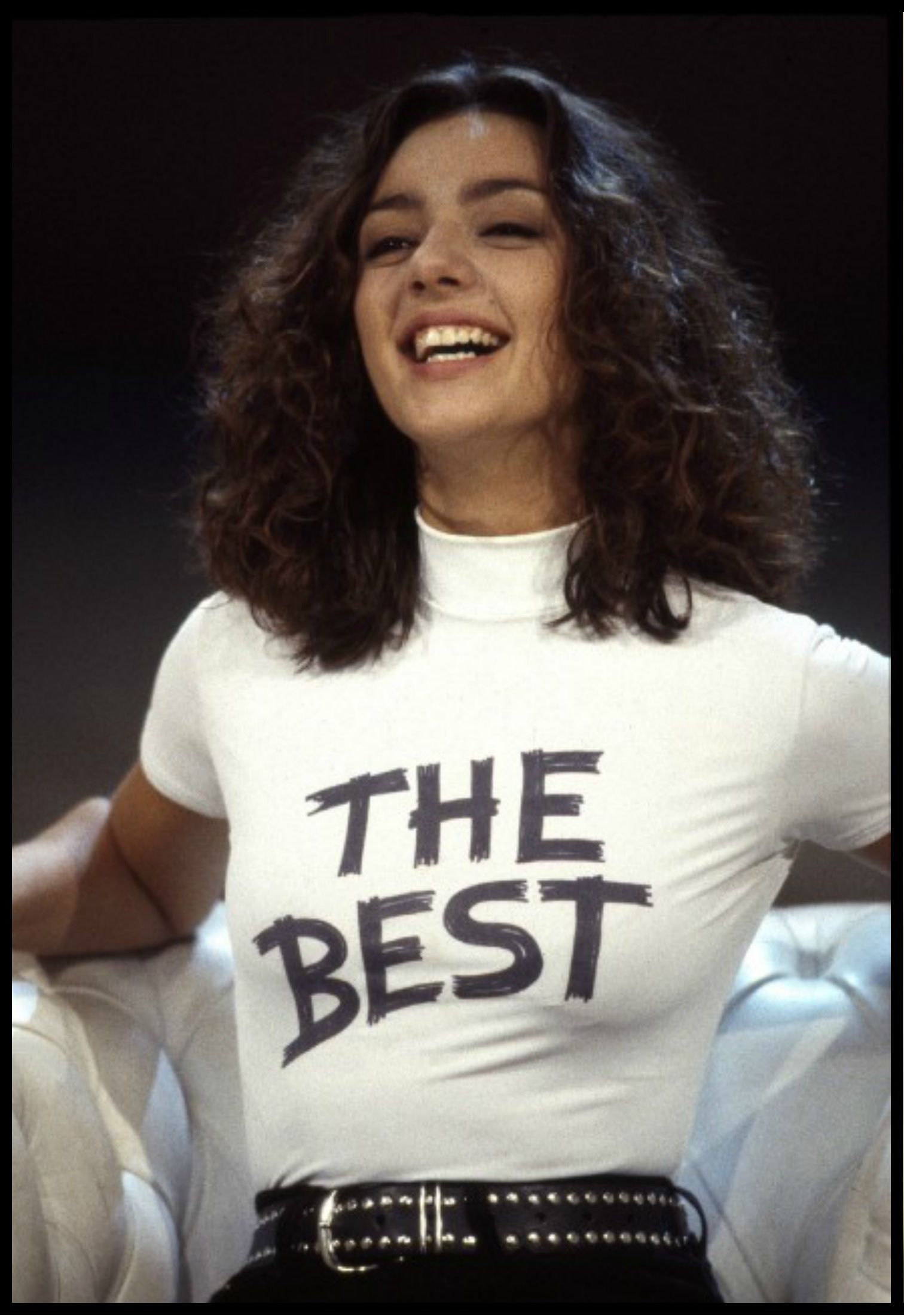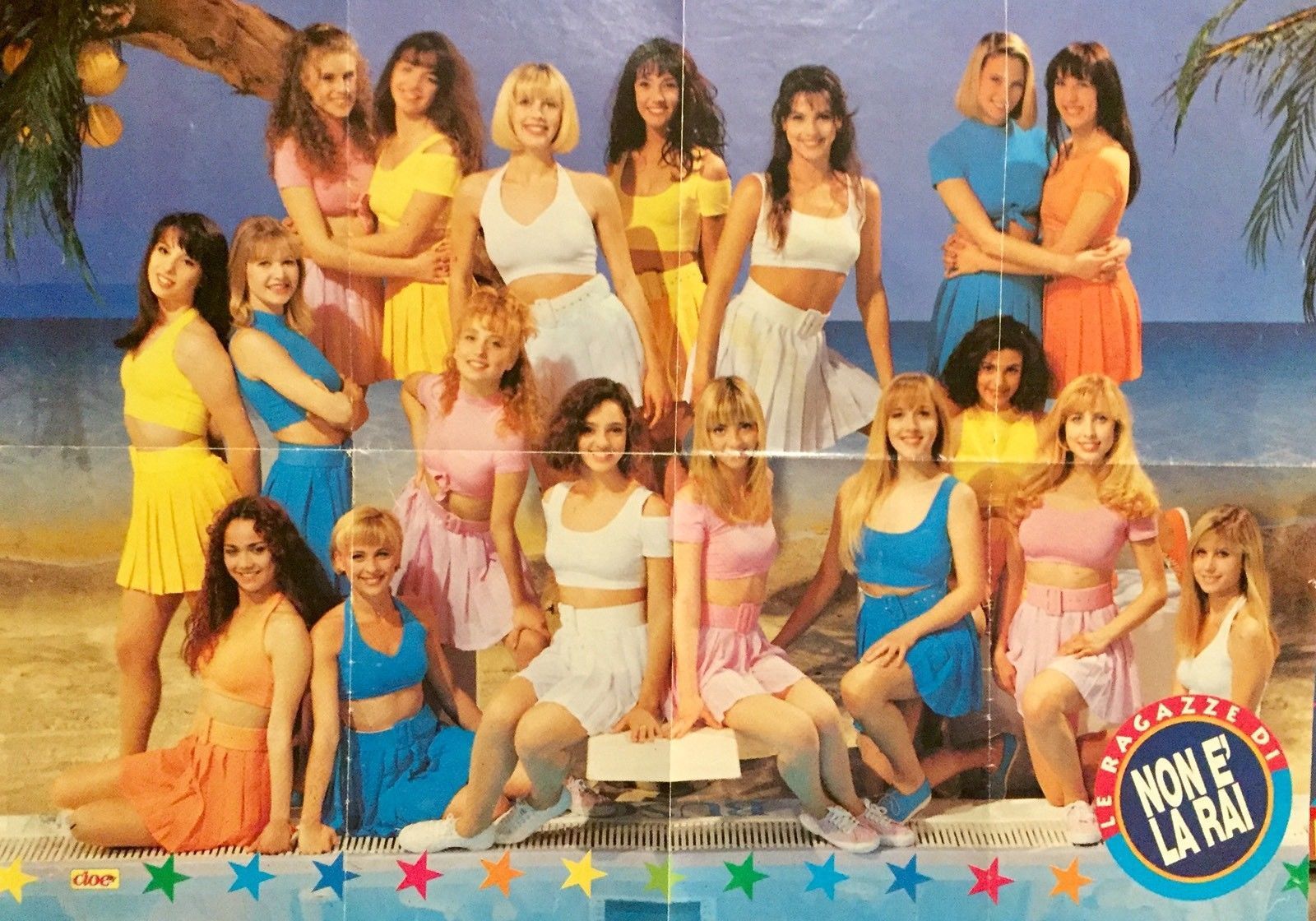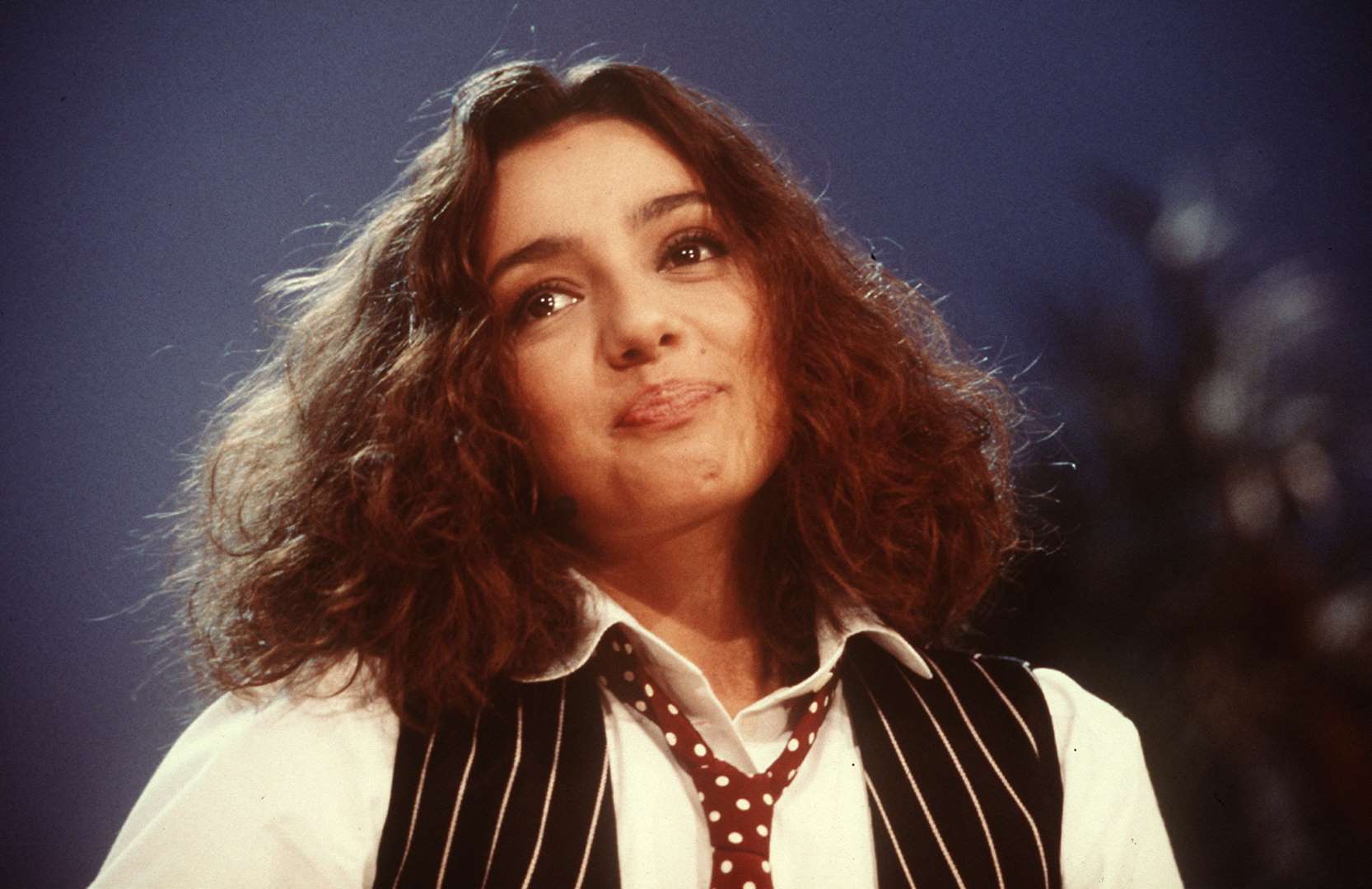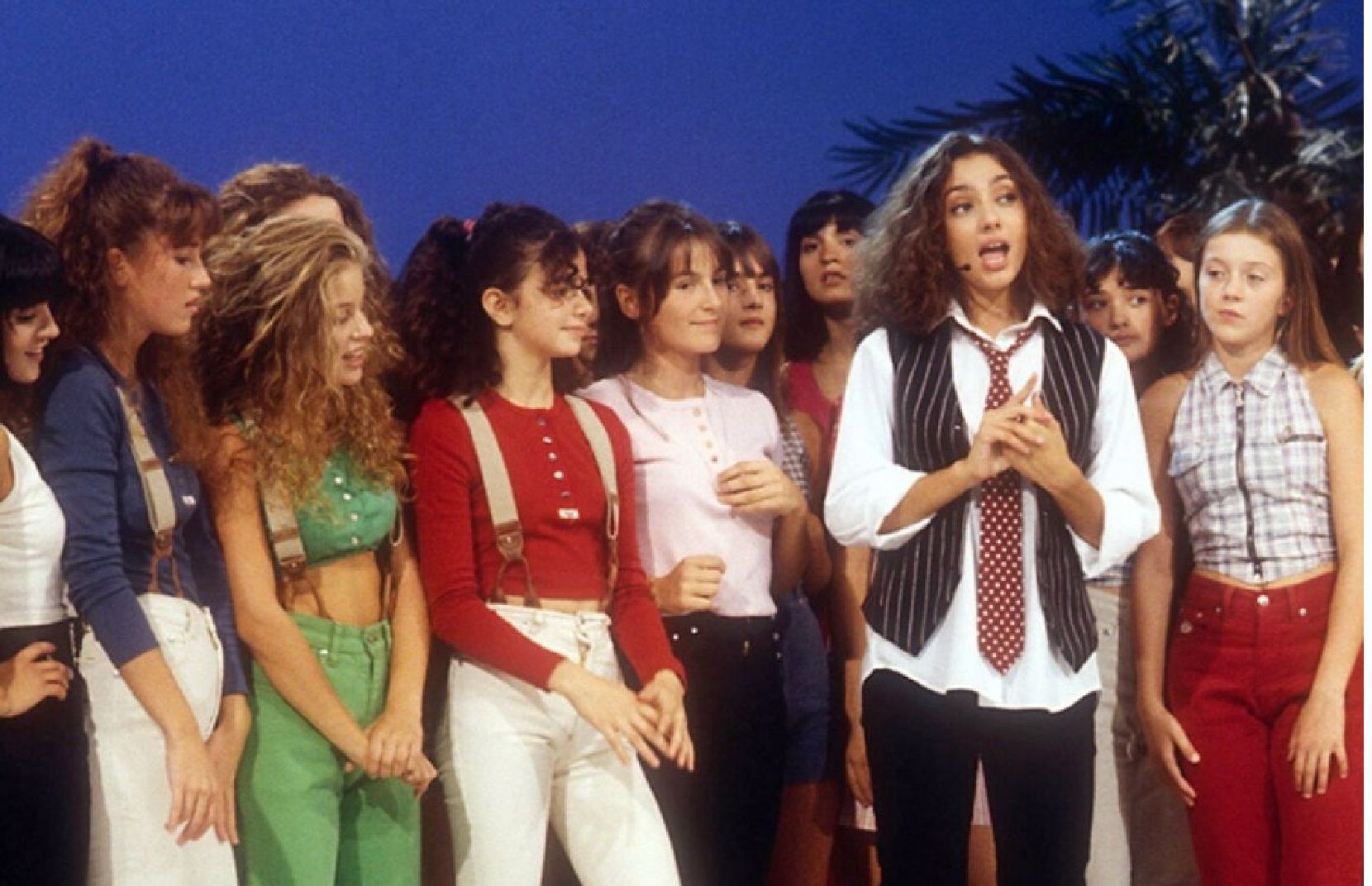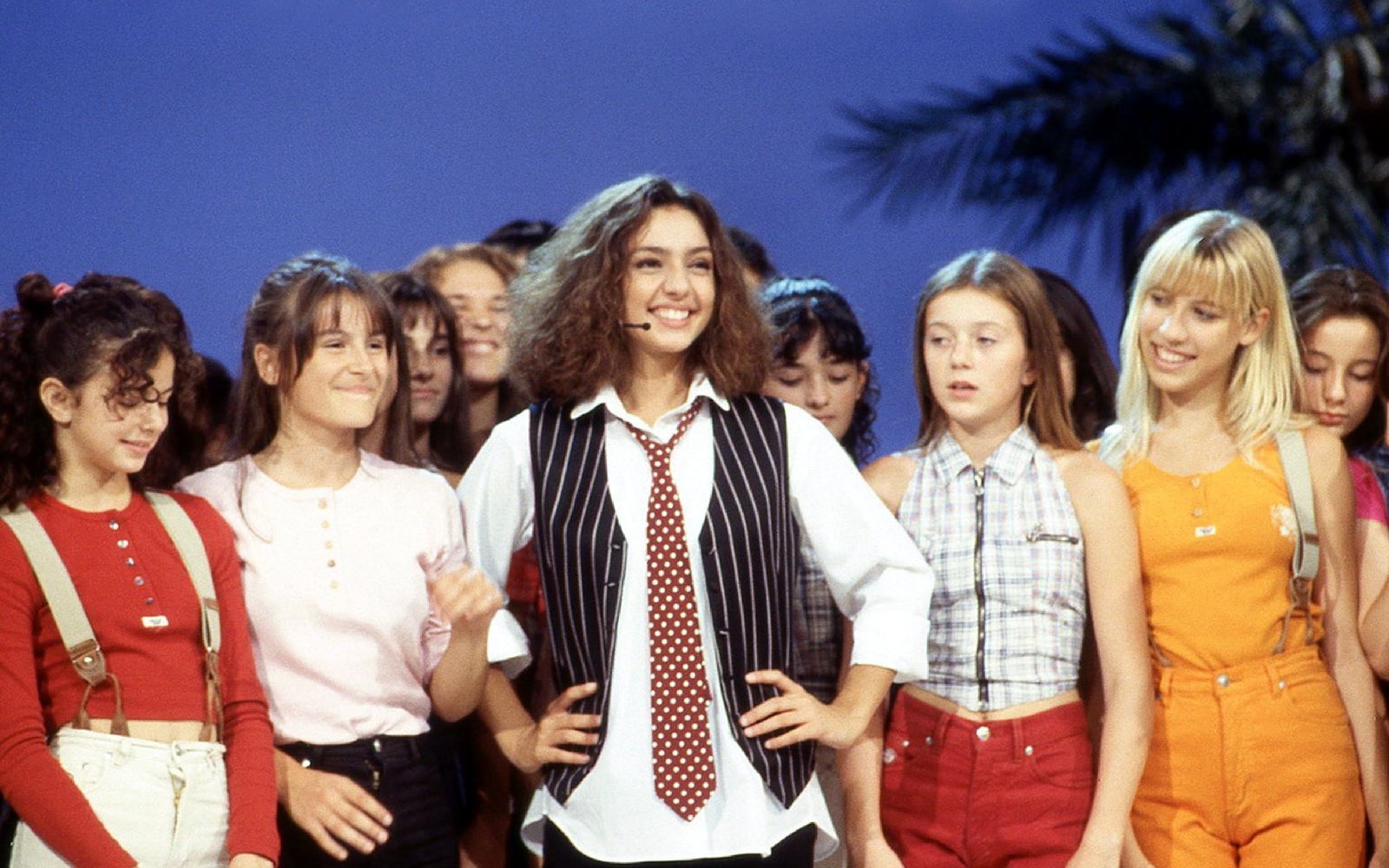
How much are we influenced by "Non è la Rai"? The cult show that marked an entire generation of Italian teenagers
In this quarantine period, the past can be a refuge. Mediaset Extra, a channel that has made the nostalgia effect the focus of its schedule, has announced the return of one of the cult TV shows of the 90s: Non è la Rai. Starting from April 13th, every Monday, from 9 pm to 2 am, you can watch all the most beautiful episodes of the show created by Gianni Boncompagni and Irene Ghergo.
Non è la Rai: the beginning
Between 1991 and 1995, Non è la Rai is the fixture after school for millions of Italian teenagers. Just under two hours, from 2 pm to 3 pm, during which a group of girls aka the Spice Girls of Cinecittà performs in front of the camera in "legendary" games like lo zainetto or il cruciverbone (among the topical moments the scam foiled live), dances like having pants on fire on the notes of Please don’t go, sings in what has been called "the most exemplary and blatant case of playback ever aired on Italian TV". It is the first program made by teenagers for teenagers, the first entertainment format of the Fininvest networks (now Mediaset) to use live, the first entirely Italian phenomenon of the 90s, a launching pad for the career of several actresses and showgirls from Ambra Angiolini to Claudia Gerini, from Sabrina Impacciatore to Antonella Elia.
The backstage
Behind the scenes, pulling the strings, there are Irene Ghergo and Gianni Boncompagni, one that, with projects such as Alta Fedeltà or Bandiera Gialla, has invented the Italian radio and television entertainment and he had the brilliant idea to put a sixteen year old girl in charge of the program with earphones in her ears. The author and director about the choice to replace Paolo Bonolis with Ambra will tell later:
"Everybody believed that I suggested the jokes, instead I told her some terrible things, irriferibili, and she had to do pretend nothing".
Ambra Angiolini's role
Angiolini is the class leader, the bad girl grew up too fast who mimics adult, impertinent as only at that age you can be. She is the grunge lolita who talks with a cartoon devil, stucking in front of the TV crowd of spectators curious to know what's in her backpack, the one calling Umberto Eco colleague, the one that sings, self-reported, wearing a manifesto tee, The best by Tina Turner or the generational hit T'appartengo (“ed io ci tengo e se prometto poi mantengo. M’appartieni e se ci tieni tu prometti e poi mantieni"), while everyone from home repeats same words and even the way in which the host shakes her head making a tuft of hair fall over her eye.
Ambra and all the rest of the crew are followed every day by 3 million boys who see in them the embodiment of the forbidden dream, the earthly paradise (as defined by Silvio Berlusconi) and girls who, with an emulative twist never so marked until then, identify themselves in Pamela Petrarolo, Emanuela Panatta, Ilaria Galassi and in all the others. This is exactly the real secret of their success: the elimination of the distance between those who make television and those who watch it. The protagonists of Non è la Rai are not special teenagers, they are like us, they wear the same Phard and Onyx clothes, they dance uncoordinated and talk like us.
Criticisms and controversies
If on the one hand the phenomenon soon begins to take on colossal proportions, with hordes of fans who every day expect to meet the Fininvest lolite outside the Palatine center, on the other they multiply the polemics that touch the apex when in full electoral ambition Ambra, at the suggestion of Boncompagni, emphasizes that the Devil votes Occhetto and that the Padreterno votes Berlusconi. Everyone has something to comment: from Famiglia Cristiana to feminists who march on March 8, 1994 cry of "We are not “ambranate”, but graduate students" and even Vasco Rossi who in 1993 dedicates to most famous girls of tv the song Delusa. Someone call it "trash program"; "origin of Bimbominkismo"; example of "Berlusconi cultural-television hegemony", "of the low intensity propaganda of the Mediaset networks". In response, time later, Boncompagni will argue, proud and ironic, of having made a television "of the pneumatic vacuum", of nothingness, pimp, opportunist, but also authentically pop
"I make a program without content, I do not want to send any message. They say that I propose "an unbearable school bus trip climate". So? What's wrong? I agree, only that I would remove the unbearable term. And then I would abolish the vulgar word."
Yeah, because his rules are strict and if someone breaks them, go home. Like in a cathodic college where everyone is dressed the same and must behave correctly, but at the same time a joyous, fun, fresh and carefree atmosphere reigns. Even today, more than 25 years later, that bland hymn to femininity has become the greatest Italian phenomenon of the nineties decade, with its protagonists, the forerunner of Britney Spears by Baby One More Time, is a cult object and continues, thanks to the effect nostalgia of that period that is everywhere, from Instagram to the bar below the house, to dictate trends that, if once we followed slavishly, now the millenials reinterpret in a more personal way. nss reminds you of the most iconic ones.
The backpack
What's in Ambra's backpack? This is the quiz that has thrilled and made everyone crazy in the fans of Non di Rai, before the series of videos What's in my bag went out of fashion among the Youtuber. Keys? Notebooks? Make up? Socks? Pots? Beans? The question, long unanswered, for months harasses the entire national population that, failing to find a viable solution to the arcanum, reacts by making the fortune of the accessory, the indispensable object of every self-respecting boy. If at the time the market is dominated by Invicta and Seven, today brands such as Fjällräven and Herschel Supply operate, which, with their adventurous DNA, transform the city into a wild nature to explore. Ah, I forgot, in the Ambra's backpack there was the Sanskrit dictionary!
Phard, Onyx and the "Non è la Rai" style
Ambra, Pamela, Laura and the entire crew of the program were Chiara Ferragni, the influencers of the 90s. Everything they wore could be seen on any girl: high-waisted jeans, shirts tied at the waist, ties and men's suspenders on tank tops, shorts under dresses, baby-style short rompers, jersey miniskirts , the minidress stretch, often in velvet, and the crop tops of Phard and Onyx (the most coveted brands by every budding fashionistas), ... all the garments returned to the wardrobe of the girls of today.
A fun fact: the power of the protagonists of Non è la Rai to influence the style of the peers was so great that there are rumors, not only that the brands were competing to dress them, but also that behind the scenes, there were fashion editors publisher Mondadori, sent on expedition to fuel the cult of the program.
Merch
Now it's normal. Indeed it is a trend that famous people like Kim Kardashian have made an art, but in the 90s the Boncompagni show had understood long before others how to commercially exploit its success, loyalizing viewers by flooding them with gadgets and merchandising: discs, playing cards, t-shirts, posters and cards (often attached to youth magazines such as TV Stars and Cioè), album of stickers or accessories for the school, such as notebooks and diaries. The results are amazing, for example T'appartengo, the first solo album by Ambra, has 370 thousand copies sold, 100 thousand only in the first week (11-17 November 1994), three platinum records, sixth in the standings for weeks.
A fun fact: the young presenter is mentioned in several songs, Marco Giusti and Alberto Piccinini dedicate a book and Rai 3 Blob a cartoon.
Camp
One of the latest theme chosen by the Met in New York was the camp, that is the love for the unnatural, the artifice, the excess that becomes the artistic sublimation of bad taste. And what better example of a group of girls in flashy stretch dresses shooting in scenes of ordinary madness between rivers of tears and moments of demonic dance on a hit tunz tunz? Boncompagni, talking about the phenomenon that for many has prepared the audience to the invasion of reality shows and talent in which anyone is entitled to its 15 minutes of popularity, has always declared, his was a TV of the "pneumatic vacuum", of nothing , of course, but creative, joyous, ironic, carefree.
Teen power
We have repeated it several times: with Non è la Rai for the first time in national history there is a television made by teenagers who address themselves directly to their contemporaries, canceling, at least in appearance, the screen that divides them. But there's more. That direct line that seems to unite the two groups is so strong that it unleashes a dual emulative power: on the one hand it opens the way to a marketing and a market that is not only addressed, but directly influenced by the younger ones; on the other hand it is part of a larger phenomenon of teen stars. Ok, the Mediaset program and its girls have not invented anything (my mother would say never heard of Rita Pavone or Patty Pravo? I know, but explain it to a millenial ...), but before them what was missing was the perception of the event scale at the time it was happening. In the 1990s we were aware of it.



















































